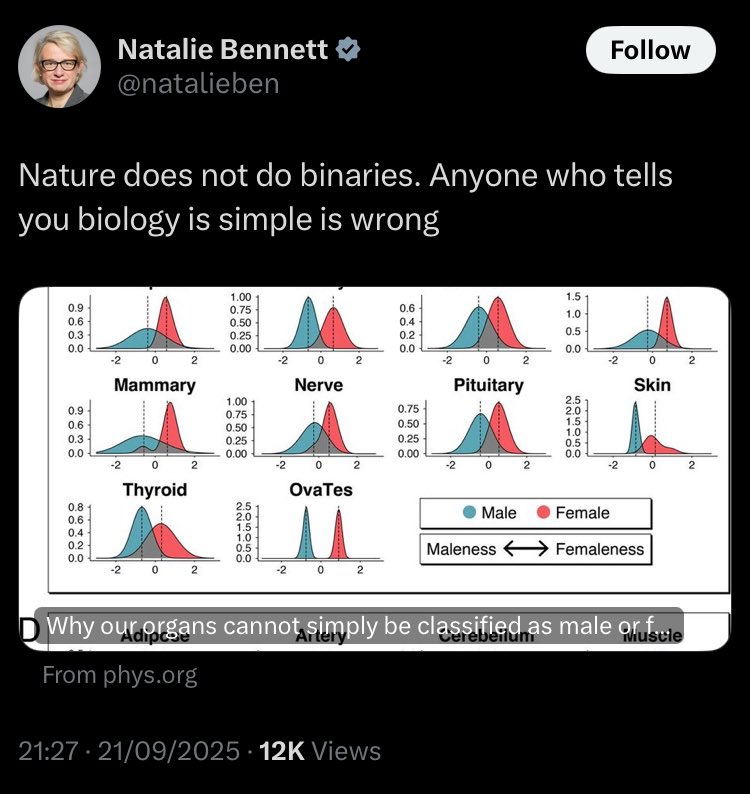@Scienceofsport @njstone9 “Hubbard says she stopped weightlifting in 2001 at the age of 23 "because it just became too much to bear", blaming "the pressure of trying to fit into a world that perhaps wasn't really set up for people like myself".
@Scienceofsport @njstone9 “After transitioning to female aged 35 in 2012, it would be another five years before Hubbard competed at international weightlifting competitions - and she achieved immediate success.”
@Scienceofsport @njstone9 It can’t just be me that realises how utterly insane it is that this is a person who didn’t lift weights for over 15 years - 15 years - and has, in a couple of years of retraining, become competitive at the highest level???
@Scienceofsport @njstone9 Hubbard isn’t just old (will be the oldest weightlifter ever to compete as female) but has been out of the game for so long, any hope of international success would be typically way out of reach.
@Scienceofsport @njstone9 Elite weightlifters who compete at Master’s age with long-standing and successful international careers behind them (or still ongoing) are not as far ahead of their age-matched peers as is Hubbard.
@Scienceofsport @njstone9 Hubbard took at least 15 years off and, within a couple of years, is better in her category than males and females with a slew of international medals in their locker and a lifetime of elite training and competition.
@Scienceofsport @njstone9 And at an age when those elite weightlifters are getting weaker, losing their edge, no longer challenging in the senior category, Hubbard is getting stronger and has the third highest total lift in an Olympic field.
• • •
Missing some Tweet in this thread? You can try to
force a refresh







